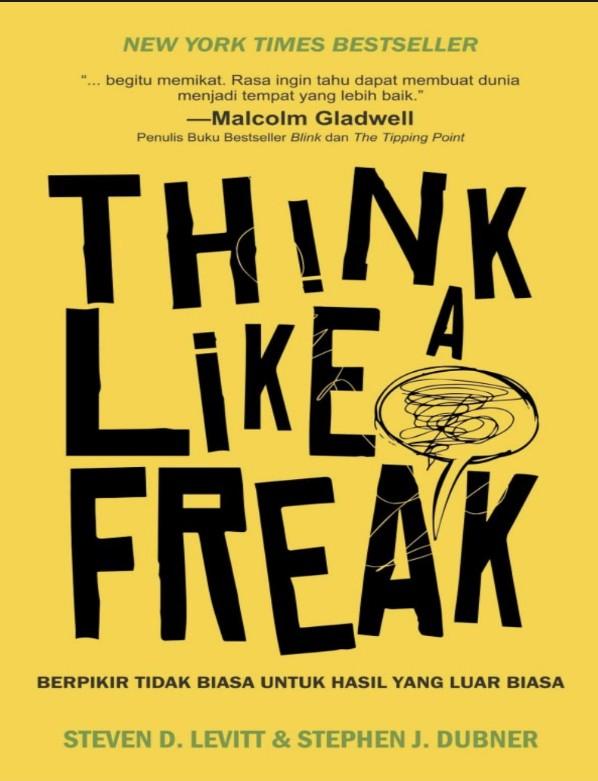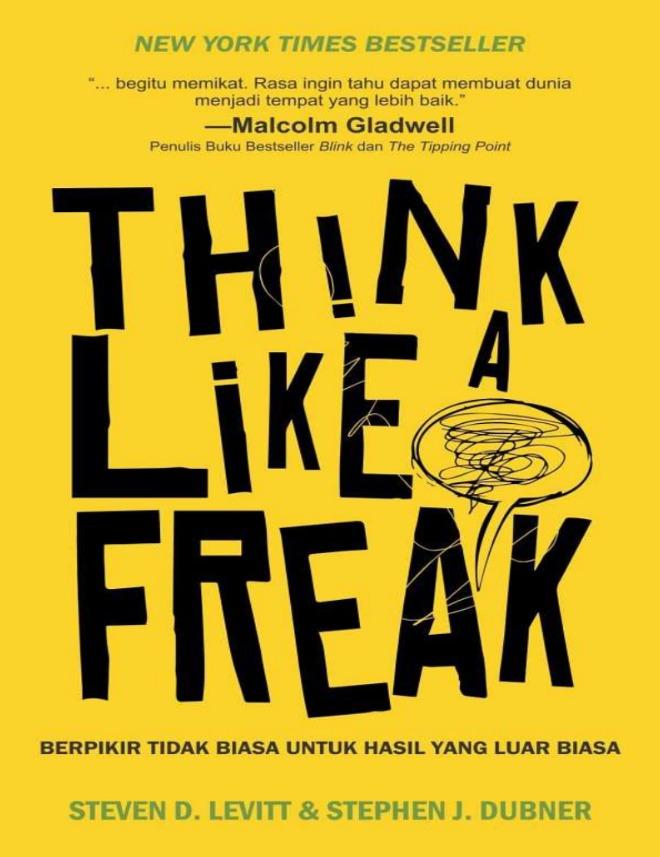
Think Like a Freak
- ISBN 13 : 9786023850075
- Judul : Think Like a Freak
- Pengarang : Steven D. Levit,
- Penerbit : Noura Books
- DDC : Sosial
- Bahasa : Indonesia
- Tahun : 2025
- Halaman : 258
- Google Book : https://drive.google.com/file/d/1L0okOXZXHLt7u9hbKsC3WNnYCN6vfbfM/view?usp=drive_link
-
Ketersediaan :
014868 Tersedia di Library of UI BBC









